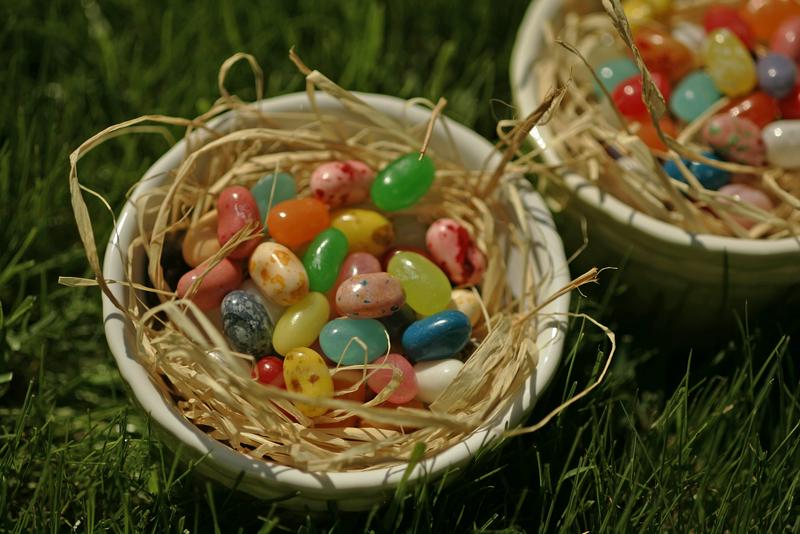The History of Jelly Beans
By | April 18, 2019

On Easter morning, children across the country will wake up to find an assortment of candy in their Easter baskets. Naturally, jelly beans will be included. In fact, jelly beans have become one of the candy treats most associated with the Easter holiday. Jelly beans have a long and interesting history that begins in the Middle East. Let’s trace back the history of these colorful, bite-sized Easter favorites.

Turkish Delight
Most candy historians believe that jelly beans originated in the Middle East as a form of Turkish Delight, a regional sweet treat that has been around for centuries. The soft, chewy center of the jelly bean is akin to Turkish Delight, but the hard candy shell came about in the 17th century, almonds covered in a hard candy shell.

Jordan Almonds
French confectioners developed a process, called panning, in which the almonds are shaken in a pan of sugar and syrup until a hard shell forms over them. The sweet coating added a tasty treat to the almonds. Jordan almonds were a favorite of the 17th-century French royal court.

Putting It All Together
It took the process of panning for Jordan Almonds and the technique of making Turkish Delight to travel to the United States before someone thought to combine them. In 1861, a candy maker in Boston named William Schrafft began making a bite-sized candy treat with a chewy center and candy-coated exterior. In an advertisement from that year, we learn that Schrafft suggested that families send bags of his candies, called jelly beans, to their husbands and brothers servicing in the Union Army during the Civil War. It may have been a marketing ploy on Schrafft’s part, but the candies did travel better than chocolate and lifted the spirits of homesick soldiers.

Shaped Like a Bean
It is not clear why the candy treat was first made in the shape of a bean. Boston has long been known as Bean Town because baked beans was a popular colonial dish there. It was not uncommon for candy makers to fashion their treats into the shape of vegetables in those days, so perhaps Schrafft sought to add to the city’s bean reputation by making bean-shaped candies. The name jelly bean has stuck, and so has the shape of the candy.

Penny Candy
An advantage of the jelly bean is that they didn’t stick together like other candies. The hard-candy shell meant that the treats, for the most part, retained their shape when packed together. For this reason, jelly beans became a popular penny candy item, stored in glass jars and sold by the piece or by the paper bag in stores across the country in the 1800s and early 1900s. Plus, the brightly-colored candies were enticing to children who spent their hard-earned pennies on a piece of candy.

Jelly Beans and Easter
Jelly beans didn’t become a favorite Easter candy until the 1930s. The colorful candies, with their oval shape, reminded people of Easter eggs. Placing the jelly beans in a basket was supposed to look like a basket of freshly-collected Easter eggs. Since then, jelly beans have remained a part of the Easter candy tradition.

A Flavor Boost
The humble jelly bean got a boost…a flavor boost…in 1965. Candy manufacturer, Herman Goelitz Candy Company, revitalized the traditional favorite by ramping up the flavor in jelly beans and offering more variety of colors and flavors. They may have altered the color and flavor of the jelly bean, but they kept the unique bean-shape of the candies. Later, the Herman Goelitz Candy Company became the Jelly Belly Company.

National Jelly Bean Day
This year, you can celebrate the wonder of jelly beans two days in a row! That’s because National Jelly Bean Day is on Monday, April 22, the day after Easter. It is a day to honor and savor the candy-coated jellied sweets that have become a part of our American culture…on Easter and every other day of the year.

